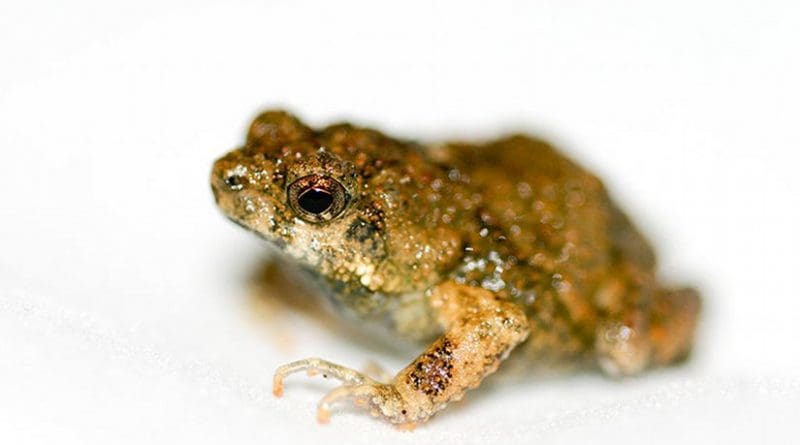Frogs’ Irrational Choices Could Reform Understanding Of Animal Mating
In the attempt to choose a mate, it’s no surprise that females will select the more “attractive” of two males, but now a new study reveals that female túngara frogs are susceptible to the “decoy” effect, where the introduction of a third, inferior mate results in the female choosing the less attractive of the first two options.
The results of this study counter the rational choice models that are currently used in sexual selection theory, suggesting they may prove inadequate to explain decisions in socially complex and dynamic mating arenas.
To detect the occurrence of the decoy effect in frogs’ mating choices, Amanda Lea and Mike Ryan conducted experiments using 80 female túngaras, which are known to be attracted to male calls of low frequency and long duration.
They then identified three different call variants, and measured female preference for each one (equivalent to choosing a mate).
Although call B was the preferred choice over call A, females were significantly more likely to choose the intermediate target A in the presence of the decoy.
This effect was noticeable regardless of whether the decoy call was perceived from a specific spot, or an indiscernible spot.
The authors suggest that in socially complex situations such as this one, rational decisions could be time-consuming, potentially resulting in lost mating opportunities or the risk of further exposure to predators.
The results of this study highlight the influence of context when choosing a mate, and have significant implications for scientists’ understanding of sexual selection.
Further research is required to better understand the role of the “decoy” effect in maximizing fitness.
Meanwhile, because the decoy effect has been exhibited in humans, too, these results in frogs add support to the idea that this irrationality may have deep biological roots.

